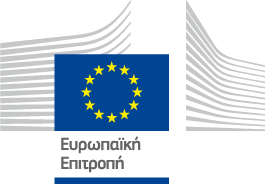The Saint-Brieuc LEADER LAG and FLAG want to foster economic and tourism development in their area by making local products a lever to create tools for tourism, attract new visitors, improve the area's profile and enable local actors to work together. Through this cooperation project, the Saint-Brieuc LEADER LAG and FLAG aim to build, share and find development opportunities with its future partners; doing better together by drawing on shared experiences and good practices.

